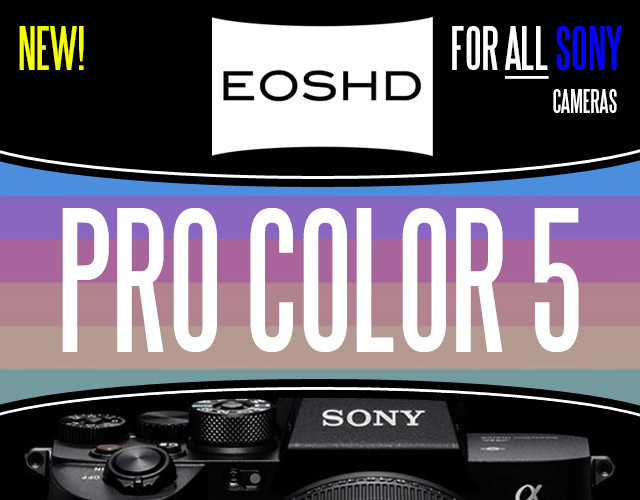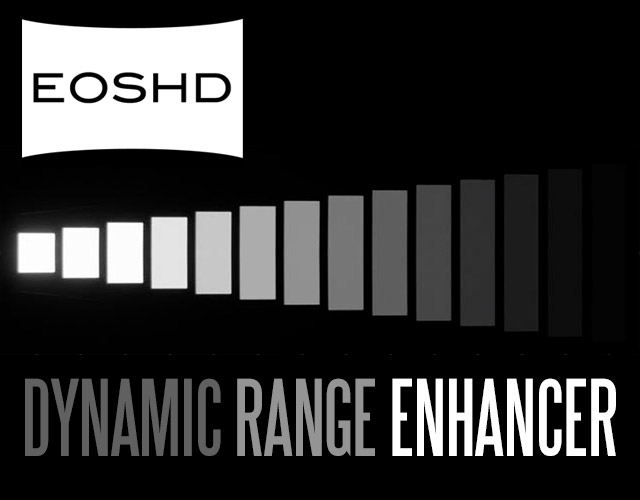Any one know anthing about this lens? Animorphic zoom
-
Similar Content
-
- 17 replies
- 3,946 views
-
- 1 reply
- 2,144 views
-
- 0 replies
- 1,826 views
-
- 17 replies
- 9,196 views
-
LOMO 35NAP2-3M and Rathenover Optische Werke Rectimascop
By migssotto,
- Lomo
- Rectimascop
- (and 2 more)
- 3 replies
- 2,203 views
-







Recommended Posts
Create an account or sign in to comment
You need to be a member in order to leave a comment
Create an account
Sign up for a new account in our community. It's easy!
Register a new accountSign in
Already have an account? Sign in here.
Sign In Now